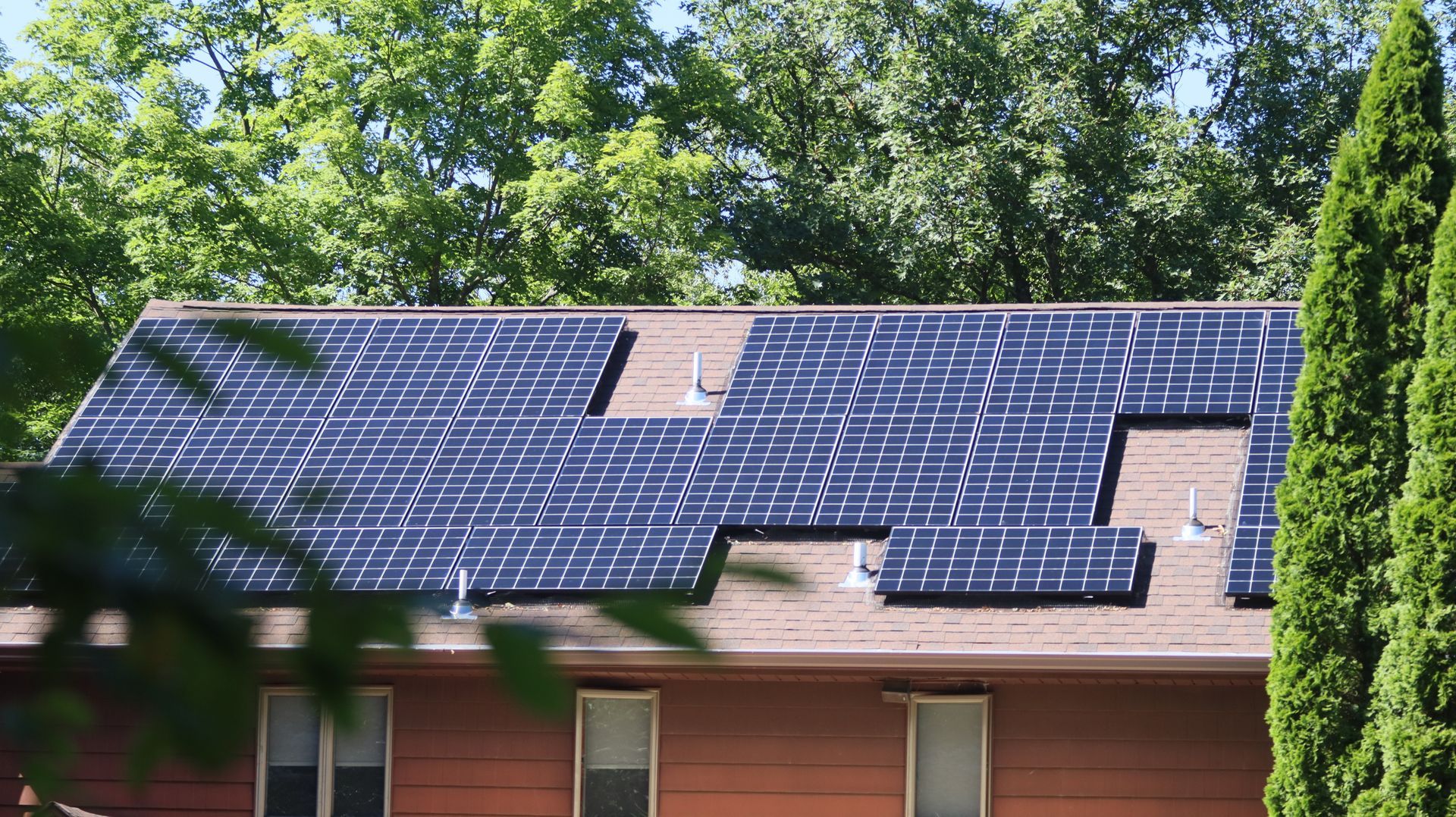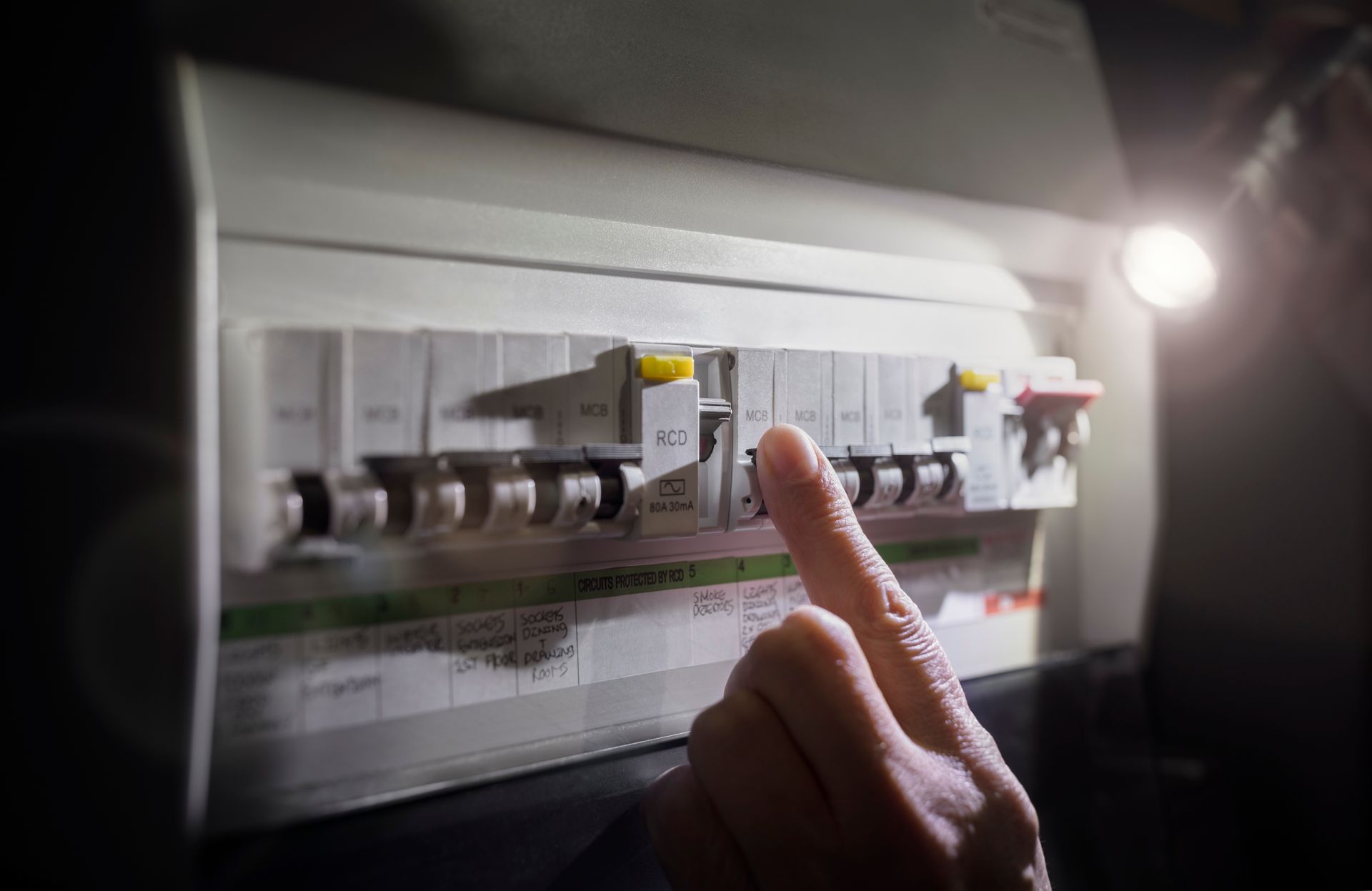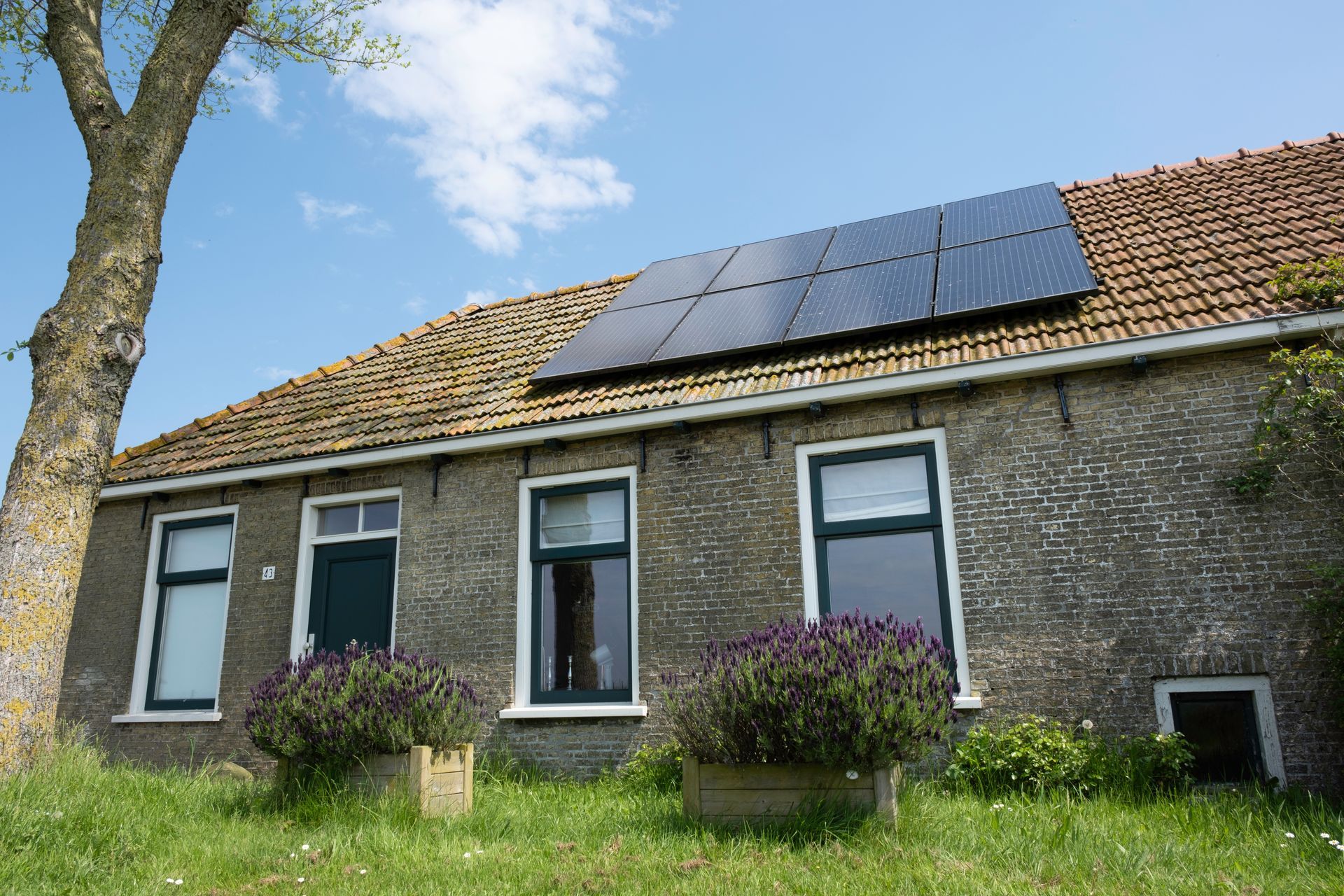Why Are Modern Solar Panel Systems So Effective?
While modern solar panels are becoming increasingly common, they used to be a rarity – and would have likely stayed that way if not for the scientists dedicated to improving the quality and efficiency of solar panels.
So, how much have solar panels changed since their debut in 1954?
While they look vastly different from the panels from the 1950s, some major components remain the same. One of those components is monocrystalline silicon, the semiconductor that made solar panels a viable option, changing the game completely.
The Quest for Energy-Efficiency | A Brief History of Solar Panels
Today’s solar panels are made primarily from monocrystalline silicon, which was used in the first solar panel back in 1954. While solar panels were a new technology, solar energy wasn’t.
Solar energy has been researched as easily as the 1830s, but the first breakthrough occurred in 1883 when Charles Fritts created the first solar cell. Solar cells are the components responsible for converting solar power into electricity. Fritts was able to convert the energy using a semiconductor made from selenium.
However, selenium wasn’t very efficient in converting energy. Scientists needed another semiconductor that was durable and better at converting energy.
While scientists were making progress in the world of solar technology, another milestone wouldn't come until 71 years later. In 1954, Daryl Chapin, Calvin Fuller and Gerald Pearson debuted the first solar cell made of monocrystalline silicon.
This semiconductor was much better at converting energy and was subsequently used to build solar panels, making monocrystalline silicon the standard in solar panel technology.
The Development of Modern Solar Panels
However, monocrystalline was too expensive for widespread use. Polycrystalline was later developed in the 1980s as a cheaper (but less effective) solar panel option. While polycrystalline was popular for many decades, monocrystalline had a resurgence in 2018 due to developments in technology. Because of these developments, monocrystalline panels can now last anywhere from 25 to 30 years. Some panels can still function beyond that capacity, albeit at less efficiency.
By extending the longevity of solar panels, homeowners essentially “get more bang for their buck,” saving on utility bills over longer periods of time. Additionally, developments in manufacturing have made monocrystalline silicon more affordable, making it a better candidate for solar panel installation.
Panel Systems Are Also Changing for the Better
Mounting systems (that fasten panels to the roof) are becoming increasingly important in maintaining efficiency. Solar panels have to function in varying weather conditions, including extreme heat, cold, hail, rain and high-speed winds.
Modern mounts and brackets (which make up the system’s structure) have drastically improved since the 1950s. Modern mounts and brackets are aluminum, galvanized and stainless steel. These metals are resistant to corrosion and stand up against the elements.
Compared to the wood and polymer-based mounts used in the 1950s, modern mounts are leagues ahead in terms of durability, making them last longer and improving overall efficiency.
Additionally, modern solar panels are made with impact-resistant glass, which helps to protect against fall debris. Modern electrical components are also protected with polymer film, which wasn’t common in the 1950s.
What’s in the Future for Solar Panels?
Some possible breakthroughs for 2025 include developments in:
- Bifacial solar panels: They absorb sunlight from both sides instead of one
- Textured solar panels: Texture helps to reduce reflection and improve efficiency
- Perovskite solar cells: They could become a cheaper (but high-efficiency alternative) to traditional silicon solar panels
- AI-powered solar systems: AI is being explored to see if they can improve efficiency through pattern recognition and analysis
As scientists work to develop these technologies, they’re not widely available for residential and commercial use. However, today’s solar panels are still an environmentally friendly and economically viable option for Florida homeowners. With the help of a professional solar panel installer, you can start enjoying the benefits of going solar.
Need Help Installing Solar Panels? Call Us Today!
Are you a Florida homeowner looking to install solar panels? Our team at Solar Trek is ready to help! Based in Ocala, Solar Trek has been working with the community for over 40 years.
We not only provide solar panel installation services for homeowners, but we also install solar panels for commercial properties and equine facilities. Give us a call at 352-351-1333 to learn more about our solar energy services. For more information about our other services, including residential and commercial solar pool heating, visit our website by clicking the link
here.










